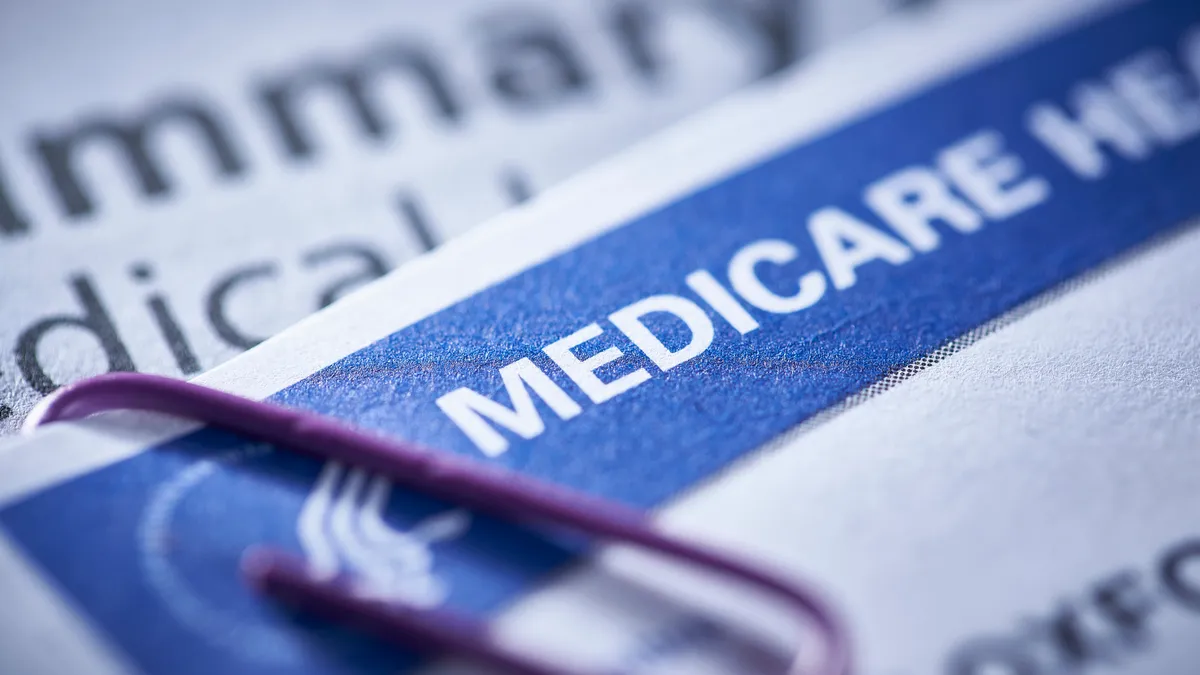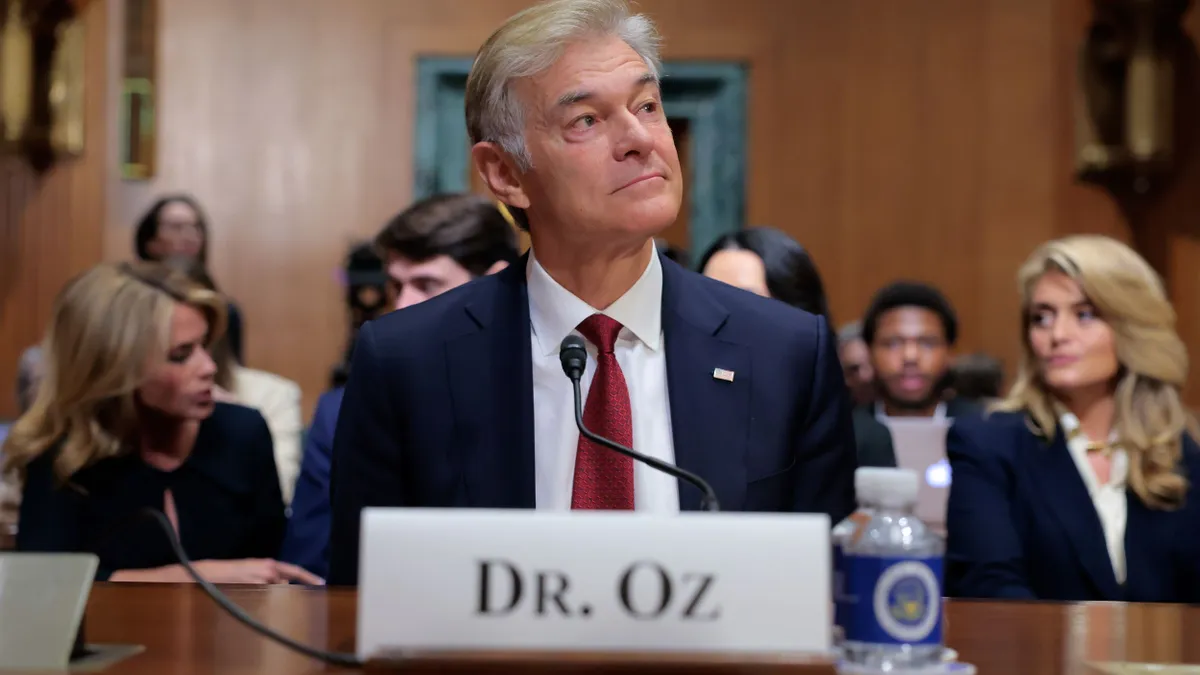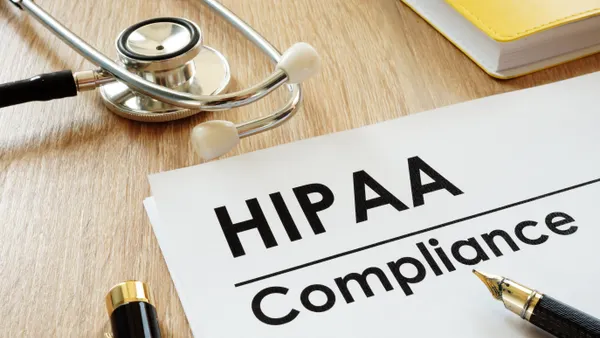Dive Brief:
- The CMS issued guidance on Tuesday outlining new federal payment limits for state-directed Medicaid payments.
- The guidance is the first step toward implementing the cuts laid out in the One Big Beautiful Bill Act, and comes ahead of an anticipated final rule.
- Under the new guidelines, state-directed payments for most care settings will be capped at 100% of the Medicare rates in expansion states and 110% in non-expansion states. If Medicare rates are unavailable, payments will be based on state Medicaid rates.
Dive Insight:
Republicans in Congress cut state-directed Medicaid payments as a part of larger efforts to stamp out what they perceive as fraud, waste and abuse in the safety-net insurance program.
The financing mechanisms allow states that contract with private insurers to deliver Medicaid benefits to direct supplemental payments to providers, despite the additional reimbursement generally being banned in Medicaid managed care. Under the Biden administration, the payment was capped at commercial insurance rates, which is often double or triple what Medicare pays.
Providers say the payments are a critical source of revenue in the face of insufficient reimbursement rates from Medicaid, especially in rural areas. State-directed payment reform has been unpopular among the hospital industry, with providers worrying cuts could force them to close service lines or axe new spending projects.
However, the federal government argues spending in the arrangements has grown out of hand.
State-directed payments were relatively uncommon when they were introduced in 2016, according to the CMS, with only two states using the payments that year. However, by 2024, the CMS received over 300 submissions for payment plans across 39 states. The government said state-directed payment spending exceeded $97.8 billion last year and was on track to exceed $124.3 billion this year.
Some watchdog groups have called for more oversight. In November, analysts for the Medicaid and CHIP Payment and Access Commission, which advises Congress on Medicaid policy, called for greater transparency into the program.
“It’s not clear the extent to which state directed payments have made meaningful improvements in access” to care, one MACPAC analyst argued. The group also raised concerns that states could be working to inflate their federal Medicaid funding without having to invest their own financial resources.
Cuts to state-directed payments included in the One Big Beautiful Bill Act are projected to surpass $140 billion, and will hit Medicaid expansion states the hardest, according to analysts. The changes will begin going into effect Jan. 1, 2028.
Still, not all state-directed payments will immediately change under the new guidance. The CMS said certain eligible payments submitted on or before July 4 could be temporarily “grandfathered” into old rates until Jan. 1, 2028, and then phased into lower rates.
States are now tasked with revising any pending or future state-directed payment plans that don’t qualify for grandfathering to comply with the guidance before CMS continues its review.
The American Hospital Association said it’s reviewing the guidance and members can expect an advisory soon with more details.














